Jona Lendering
Jona Lendering read history at Leiden University (MA 1993), specialized in Mediterranean culture at the Amsterdam Free University (MA 1996), and worked at excavations in Holland (Riethoven) and Greece (Halos). After teaching historical theory and ancient history at the Free University for several years, he was one of the founders of a school for history teaching, Livius Onderwijs. Born in Amsterdam, it has now spread to auxiliary locations in Bussum, Dronten, Gouda, Haarlem, Hoorn, Schagen, Zaanstad, and Zoetermeer. As of 2013, Livius Onderwijs has eight teachers, about 500-600 students a year, and offers tours to countries like Italy, Turkey, Iran, and Lebanon. The field trips help to etch into the students' minds some of what they've learned at the school.
Because history is for a large part telling a story, something you do best in your own language, Lendering prefers to publish in Dutch journals. However, he has contributed to the Bryn Mawr Classical Review and Ancient Warfare, while he is the founder of Ancient History Magazine. He is also the publisher and editor of the on-line publication of the Babylonian Chronicles of the Hellenistic Period, a set of important cuneiform sources for the history of the Seleucid and Parthian Near East, transcribed, translated and commented on by Bert van der Spek of the Free University Amsterdam and Irving Finkel of the British Museum. A publication as book is in preparation.
Lendering has written several books and maintains a blog in Dutch. He is the author of several books, including Edge of Empire and Consensus and Crises. For the Livius website, which has received several awards, he collaborates closely with Bill Thayer of LacusCurtius. Lendering is also the webmaster of two daily blogs, the MainzerBeobachter.com and Grondslagen.net.
There are 9380 items in Jona Lendering:
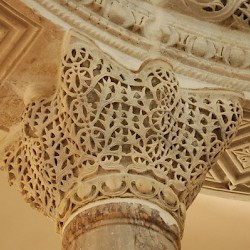
Constantinople, Church of Sergius and Bacchus, Theodosian capital |
Constantinople, Church of SS. Sergius and Bacchus
Church of SS Sergius and Bacchus: one of the Christian churches in ancient Constantinople. The church from the northeast The church of…Constantinople, Cistern of Aetius
Cistern of Aetius: one of the numerous water basins in ancient Constantinople.When Byzantium, renamed Constantinople, became the capital of the Roman Empire, it soon had more inhabitants than it could supply with the water of its wells and the little…

Constantinople, Cistern of Aetius |
Constantinople, Cistern of St Mocius
Cistern of St Mocius: large open-air water reservoir in ancient Constantinople.When Byzantium, renamed Constantinople, became the main imperial residence of the Roman Empire, it soon had more inhabitants than it could supply with the water of its wells and the…
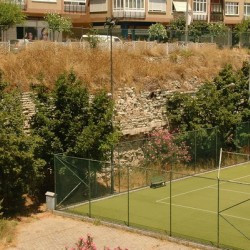
Constantinople, Cistern of St Mocius |
Constantinople, Column of Arcadius
Column of Arcadius: honorific monument in Constantinople.The Column of Arcadius in Constantinople was in 402 erected to honor Arcadius, the son of the emperor Theodosius I. The young ruler had ascended the throne in 395 and was to reign until…
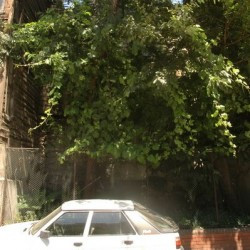
Constantinople, Column of Arcadius, pedestal (almost invisible) |
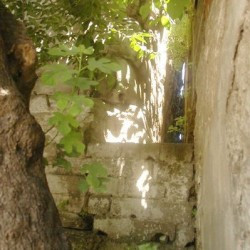
Constantinople, Column of Arcadius, wall |
Constantinople, Column of Constantine
Column of Constantine: monument in Constantinople, commemorating the completion of the new city.As is well known, Constantinople was founded by the emperor Constantine the Great (r.306-337). Actually, it was a refoundation; Byzantium already existed and was merely renamed on Sunday…
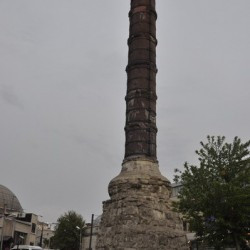
Constantinople, Column of Constantine |
Constantinople, Column of Marcian
Column of Marcian: honorific monument in Constantinople. Column of Marcian The Column of Marcian in Constantinople was erected in 455, to honor…